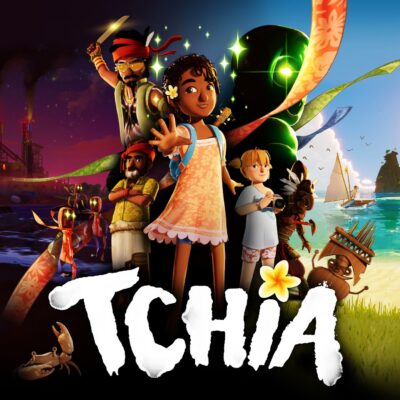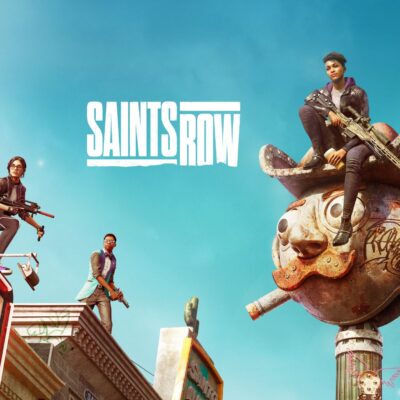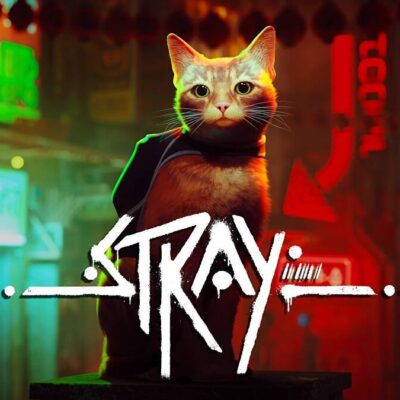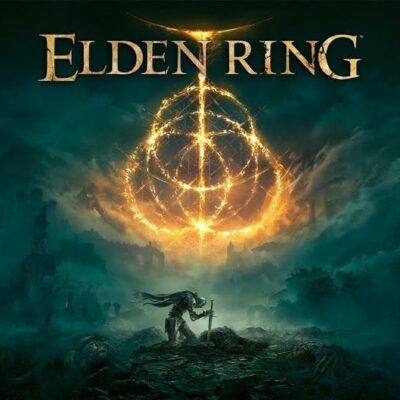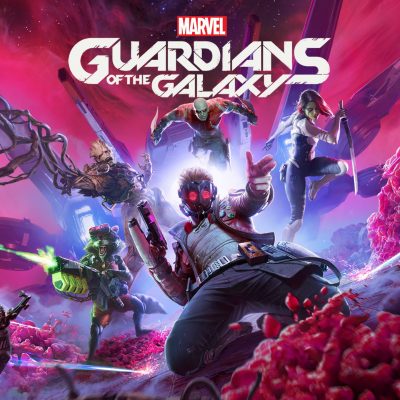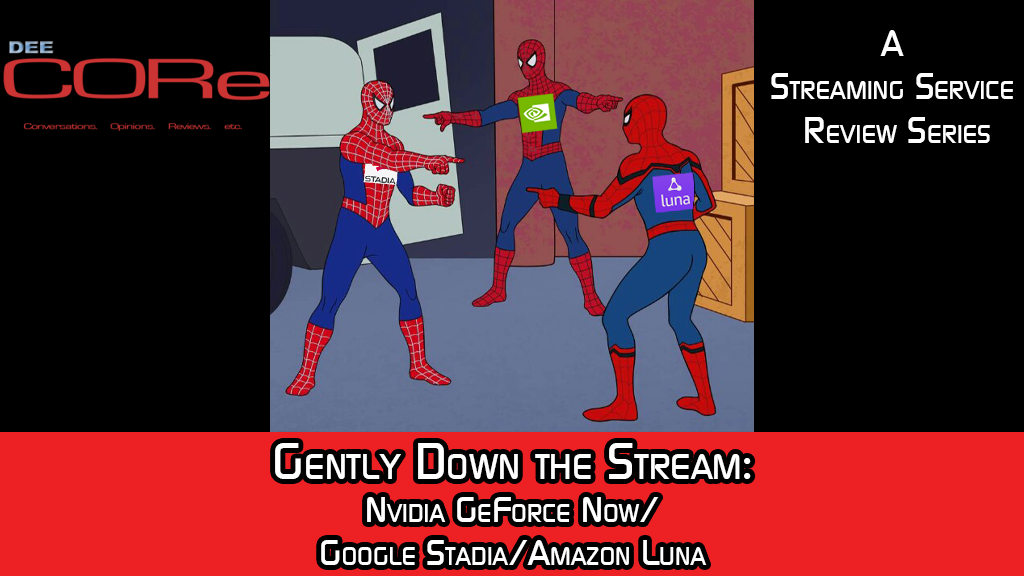
PREAMBLE: What a year, what a year…
It’s been just over a year since the last installment of this series, and, ah…BOY HOWDY, what a year it’s been. With global pandemic raging (not to mention the, um…everything else we had to deal with over the course of a beleaguering 2020), gaming has been at the forefront of keeping humanity’s collective sanity. Furthermore, the next generations of home consoles (Playstation 5 and Xbox Series X/S) have released as of this writing, further embellishing the already robust services profiled before. (With Microsoft’s notable addition to the service being the addition of mobile functionality that, after personal testing during the tail end of the beta period, I can verify was actually pretty neat! Expect an update to the last installment to reflect that at some point.)
In my original vision of this series, I had intended to focus solely on GeForce Now and Stadia as the next installment. It was good that I waited the extra time since in the year that has followed since both of the service launches, a LOT has changed for them: one has effectively reached its foregone conclusion, and the other has managed to effectively bungle what was otherwise a nearly perfect system. Interestingly still, a new challenger has recently entered the arena, and their service bears MORE than a passing resemblance to one of these three.
So with the gaming landscape being what it is at present, what of these three services? All of which, devoid of a traditional hardware platform (beyond their key “origin point” hardware) seek to bring the unprecedented content access I spoke of last time to a new level? Welllll…let’s just say that it’s been a rollercoaster for one, a faceplant for another, and TBD for the newcomer to the field!
As before, these reviews are being conducted on residential home service at Gigabit speed from Verizon FiOS, so this is likely a more “ideal” condition compared to other options, such as the inconsistent/unreliable Optimum 300Mbps speed service that I was using some of these services on until late 2019. As no ISP is alike, results WILL vary, so my apologies if your experience differs as a result. Equally important, my main criteria for these are less so performance (beyond basic stability, playability, and ease of use), and available libraries as well as overall value.

Broke…or Made It BETTER?
Let’s start with the service I had been using consistently since late 2018 and was one of the original inspirations for this series. For some backstory, this service was first introduced by Nvidia in 2013 as Nvidia GRID (before being rebranded as GeForce Now in 2015. It was a key selling point for the Shield line of devices (of which I picked up/still own and regularly use the 2017 version of) and has also been available on PC and mobile as of 2017 and 2019 respectively. The idea of this platform was, effectively, “BYOG” (bring your own game) and, if you were a beta user on Shield hardware, essentially playing your collection away from your hardware over a stream. That offer standing so long as it was purchased through a partner such as Steam, Epic Games, Uplay, or Nvidia themselves. Like the other three services, the main appeal is to use an app from a company-made device or browser window of some sort (in tandem with a form of exclusive controller or one of your choosing), though unlike the others, the branded Shield controller is NOT designed to be paired/used over Wi-fi, a critical difference which makes it the sort of “odd one out” in this three-way dance.
WHAT I LIKE: Until the beta ended, I was over the moon with the fact that I could access some of my longer-form PC games away from the PC now that, for the first time in years, I’m living in a place where I can both figuratively and literally stretch my legs and have the ability and desire to step away from my workstation. While I predominantly use it hardwired to the router (mostly for stability and to utilize the Shield’s ability to GameStream directly from my PC; I’m ignoring this functionality for the sake of focus), games run surprisingly smoothly with minimal distinguishable lag, even over Wi-fi. As a Shield user, I had access to a rather robust series of free games that served as a good library for anyone who may not have played them, and while they were older games as of when the device was acquired (examples being 2013’s Tomb Raider and Batman: Arkham Origins), they were no less visually impressive over a stream, also offering value as I’d only owned one of those games previously only on Playstation 3.
Newer games that were kinetic and required minimal lag (2018’s Quake Champions and the PC version of 2017’s Cuphead), handled equally well, especially while hard-lined. Connection times were also minimal, which was very refreshing. This was evident even post-beta while on the free version…more on that shortly in this piece.
WHAT I DON’T LIKE: The best part of the service from its inception and initial beta offering was honestly the depth of offerings and the ability to effectively buy one game on PC and have access to it so long as I had access to the GeForce Now service. Effectively this meant I could access my games anywhere.
That said, in February 2020, the service exited beta and, ah…HOO BOY was it a trip. Due to misunderstandings about the contract with Nvidia, Activision-Blizzard, Bethesda, and 2K Games withdrew the bulk of their offerings, effectively nuking the service from space as soon as the service officially went live. While there is still a decent library to pull from, it was frustrating to see SO many options I either already had or were considering picking up on the sole basis that I could use the service to play across multiple outlets suddenly disappear.
What does ease the sting is the fact that the monthly premium (a modest $5 USD) is to essentially get more than one hour of playtime and near instant access, so you’re not COMPLETELY shut out. However, this definitely takes out a chunk of the convenience and limits you greatly on games you’ve otherwise purchased, which is a bit of a drag. Compared to what we’ll see in other services, however, I see this as a minor inconvenience.

Tripping at the Starting Line, but Getting Back Up!
First introduced in late 2018 as “Project Stream,” the Google backed service was met with skepticism (even from folks like myself who were, at the time, contracted to promote and service Google products that winter). Even in three prior episodes of our own esports and gaming podcast, there was concern brought up over the viability of the platform. Particularly of note was Google’s commitment due to their unfortunate history of “rapid-fire” discontinuation of products. Negative preliminary sentiments aside, the core tenets of this service were the idea to play AAA-level games from any supported devices that could run the Android-based app or Chrome Browser with promises of near seamless 4K gaming via the cloud. Other perks included built-in Youtube integration to further expand on live content creation, as well as a library of not just familiar AAA titles (such as Assassin’s Creed Odyssey, the first “beta release” game for the service) but indie titles as well.
To this end, in tests I did both without the controller in May 2020 and with controller in November 2020, I sampled such titles as “Power Rangers: Battle for the Grid”, “Panzer Dragoon”, “Serious Sam Collection”, “Crayta”, “Superhot”, and “République.”
WHAT I LIKE: Despite noted issues in its earliest stages (particularly over Wi-fi), I personally enjoyed the experience once I got it up and running (more on this later). While I find the simplistic interface to be a bit frustrating, I do like the efficiency of the operation and how quickly and easily one can jump into the system, particularly if using the official controller and a Chromecast. Of note, the controller itself is an interesting one; I’d argue it’s a Google take on Nintendo’s Switch Pro controller than the next most comparable model in the modern XBox controller. The feel of the controller is lightweight, but I found the joysticks a bit loose. That isn’t to say they were defective or unplayable, but noticable enough compared to other modern twin stick controllers. As this is not something I’d normally notice, I’d say it was worth pointing out.
Obviously the conceptual nature of the project (“play anywhere, anytime, with minimal fuss/hardware”) is pretty neat in itself, and I like how flexible the base requirements (outside of internet) are since it can be comfortably used with other controllers. In my initial tests, I used my wired Hyperkin Duke on PC via browser window and had no issues with it. In the recent tests, I used a wired Chromecast Ultra and official controller included in the free bundle provided (by way of being a Youtube Premium subscriber via my grandfathered Google Play Music subscription). Pairing process aside, I found the controller to be incredibly responsive over Wi-fi, something I was very concerned about given how finicky the signal is in the room this was being tested in (“DEE HQ” for those of you who are familiar with our Twitch streams.)
For those curious, couch multiplayer IS possible using two Stadia controllers, though it comes with some weirdness to be discussed. The fact that this is an option on the table is pretty great, so definitely a plus in my mind. Lastly, and likely due to the fact that it’s had a year to iron out most of it’s initial issues paired with the most stable connection possible, I found in both the May and November tests that games would be accessed/start up quickly and ran smoothly with no discernable lag.
WHAT I DON’T LIKE: Let’s start with the library: one of the biggest issues upfront was the lack of unique games and the full price charge for items that are, contrary to NVidia’s model that worked with other storefronts, locked into the service. As mentioned before, one of the biggest long term concerns is Google’s habitual service shutdowns, so even with the incentivised discounts and other offers (such as, at the time of writing, adding another free Premiere Edition bundle with pre-orders of Cyberpunk 2077), it’s still a tough pill to swallow when knowing the service, and likely all games purchased on it, could vanish on a whim. While it did at least do away with the ridiculous “pay to play something you had to buy here and only here” model it had at first (effectively, a single-storefront accessible version of GeForce Now’s model), it still does leave a lot to be desired for long-term purchase or subscription incentive, ESPECIALLY now that Games Pass has mobile offerings to expand into some of Stadia’s formerly unique territory.
While simplicity is the name of the game, and even promises to be such with the minimalist instructions provided with the kit, there is a rather convoluted setup for even couch co-op which also gets weird when you want to use two Stadia controllers on the same TV. Effectively, you’re sharing on one account, which isn’t really well documented in initial setup literature (and sure to cause confusion among the less tech savvy who won’t be as willing to experiment). Adding friends to play with falls into this same annoying category, but not enough to be a major mark against the service overall. In fact, despite the very “Google-y” attempt to simplify the process so anyone can do it, ironically, Google has managed to set it’s own barrier for entry when the alternative is literally “plug in a game box into a TV and push the ‘ON’ button.” In my case, it was something as silly as Google’s own VPN for Google Fi on it’s own Pixel device that made initial controller setup unexpectedly frustrating…and I was at least patient enough to keep at it!
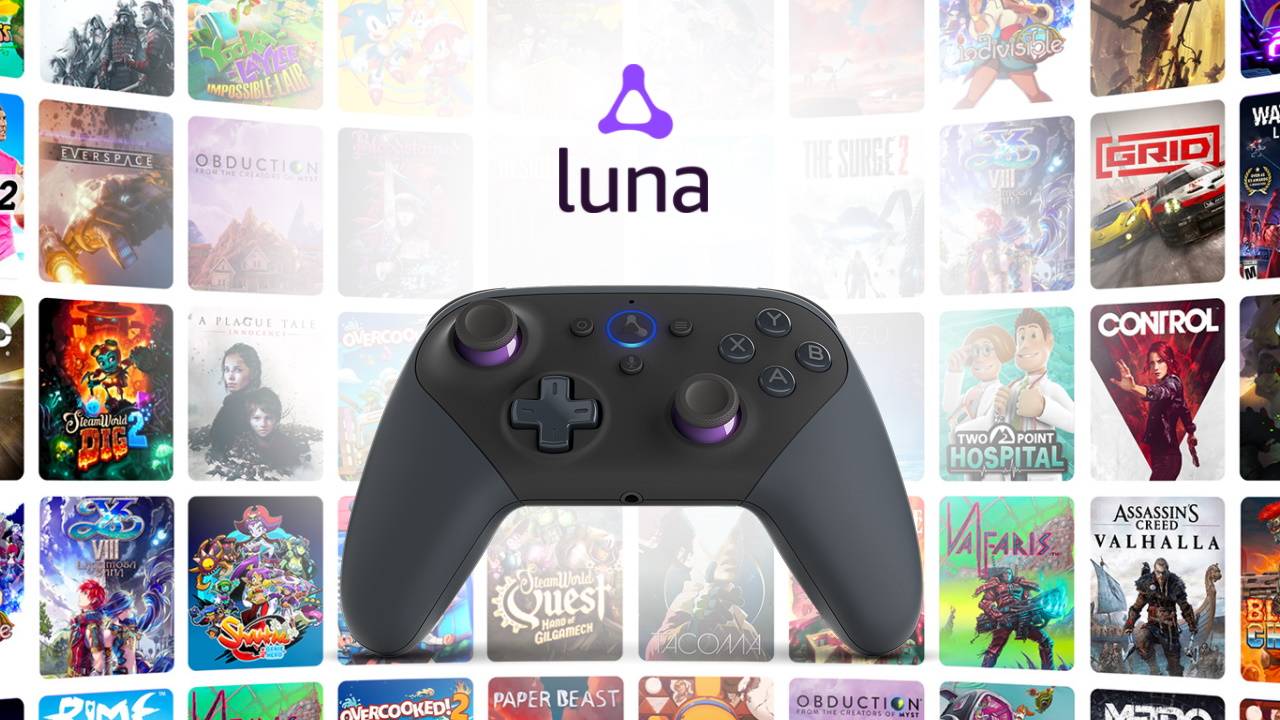
Amazon-ian Brilliance or Sheer Luna-cy?
Introduced seemingly out of nowhere in September 2020, the surprise entrant to this installment of the series (and the game streaming platform arena overall) is being brought forth by an entity that’s no stranger to neither streaming nor gaming. As owner of both the successful Prime Video service that has proven a viable rival to Netflix and the ever-evolving Youtube competitor Twitch, it makes all the sense in the world that Seattle-based Amazon would be positioned to be able to compete with its Mountain View-based rival.
Effectively a hybrid of its Prime Video model with a, to an extent, improved version of its rivals’ subscription-only model, the service offers what can best be described as a streaming-only XBox Games Pass, with additional subscription bundles. On this test, I made use of “River City Girls” (which I also have through Games Pass), Konami’s “Contra Collection” (because if ANY game was a good torture test for lag, it’s classic “Contra”, hahah!) and one of our 2019 GotY contenders “Control”. Of note: I was unable to test the official controller and official Amazon Fire TV app as of this writing, but I will be sure to update this feedback when at least the TV app is tested.
WHAT I LIKE: At the risk of sounding lazy, a lot of what I like here is similar to a lot of what I like about Stadia, albeit with the critical addition of a standalone PC/Mac app; while a downside to this is the lack of Browser-based use without the official controller, this still is a welcome way to anchor the experience if you so choose. While it’s a bummer that true game ownership isn’t offered, I do prefer the transparency of this operating much like Game Pass in that it’s effectively a streaming rental service for games. No surprise: as a young gamer growing up during the peak of home video/video game rental glory days, I’m VERY comfortable with this concept. I also appreciate knowing I won’t essentially be gambling with game purchases should the service be discontinued, which I feel from a consumer standpoint actually adds confidence in the product by taking a away a big concern.
Also, much like its direct competitor Stadia, it also allows for integration with Twitch. While this feature was not tested for this evaluation, I do see that as a plus as it shows commitment to the Twitch platform by finding new ways for them to make use of it and integrate the Amazon ecosystem where possible to add value to each part involved.
Lastly, while I can’t speak to the setup for the controller compared to Stadia (nor the Fire TV app compared to the Android/Chromecast app), I will say I found it quick and easy to get set up on the PC edition! And while a bit light on choices in beta, I did appreciate the variety of game on tap, which was also great.
WHAT I DON’T LIKE: I had originally intended to open up by critiquing the library, but as it’s still in beta AND the assortment is quite nice (at least as far as my own personal assesement goes), it would be unfair to lambast that. However, the big red flag for me (and one that appears to be coming to Stadia as well over time) will be “channel add-ons” in the form of UbiSoft+. I’d mentioned before the comparison to Prime Video, and this is where that comparison becomes a negative as anime fans in particular will recall when the service attempted to stack subscriptions atop subscriptions in the form of “Anime Strike.” While stacked subscriptions are still a thing on that platform (by way of external premiums like HBO and STARZ, to name some examples), it is still a little annoying that Amazon still hasn’t learned their lesson. To their credit, however, they DO offer bundled subscriptions, but this also causes their base price to balloon past even Stadia’s base subscription. (From $5.99 to $14.99 in its current early access phase).
The other big issue for me in this particular trial was gameplay quality and latency. The only wiggle room I’m giving the service at present is the fact that, much like Stadia when I originally set out to work on this piece, it’s still an early beta service working out the kinks. As mentioned, I used “River City Girls” as a comparison for both on-device install via Game Pass and as a Luna stream. Furthermore, I was utilizing a bluetooth XBox One controller compared to the hardlined Duke from my initial testing of Stadia, so I’m taking this into account as well. While I’m normally not able to discern input latency, it was rather noticeable in the Luna version…which is not great given the relatively modest spec of “River City Girls”. “Contra” had similar issues as well, and it was when I started playing the highest spec game of the bunch (“Control”) that I noticed general issues with visuals as well. I went back to play “Grid” using the same setup prior to completing this article just for comparison, and I found that while there was minor artifacting and stuttering visually (the pre-rendered cutscenes in particular were noticably artifacted at points), responsiveness was far better than previous experiments; of note, for this particular game, I traded out the Bluetooth XBox One controller for the Duke and found it a MUCH more responsive experience. I even revisited “River City Girls” with the Duke and found this to hold true there as well. (Though both wired sessions still had perceptibly noticeable lag compared to “offline” versions of the same game that I’ve played.)
What I will stress here is that even Amazon themselves admit that using the service with their own proprietary controller makes for a “low-latency experience”, so there’s a good chance at least the controller issues may be resolved using this hardware. I will be sure to come back and note that should I ever have an opportunity to field test the service in tandem with official hardware.
WRAP-UP: There Can Be Only…Five?
And there you have it!
While ultimately time will tell which of these three will be standing tall alongside XBox Game Pass and PSNow moving forward, it’s safe to say at least for the moment, there’s no shortage of streaming game options available. There are certainly pros and cons to each, and while I admit to harping a little bit on the cons for some in particular more than others, the fact that this technology exists and is at the stage that its a commercially viable gameplay option for those who can’t be bothered with (or might have difficulty acquiring) a proper console is a wonderful thing…another vibrant example of how the Digital Era has transformed Entertainment.


